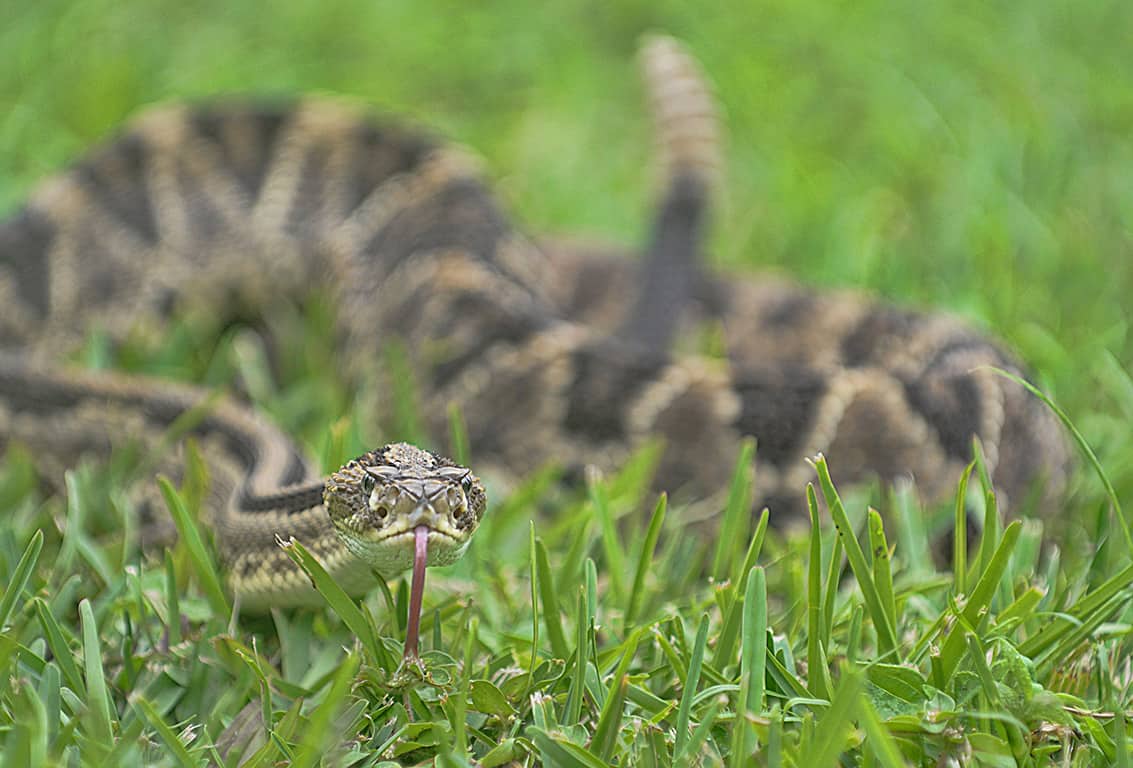Did you know? Around 139 species of snakes are found in Costa Rica. Out of these, only 22 are venomous! The rest are harmless and bite only when provoked or threatened. Yet Costa Rica records as close to 700 bites every year.
Snake encounters are not unusual in Costa Rica. The Costa Rican Fire Department attended more than 5,762 incidents related to snakes in 2022! Therefore, it’s really important that people living in Costa Rica take preventive measures to avoid emergencies. In the unlikely event of being bitten by a snake, one should always dial 9-1-1 to request emergency help and take safety measures.
It’s essential to be informed about snakes and their behavior and to understand the natural role of snakes in an ecosystem. Killing them or bringing them with you will disturb the food chain and the ecosystem.
In this article, we will share some helpful information about snakes, and also what to do and what not to do in case of snake bites. Let’s start!
Understanding Snakes
- The majority of snakes do not seek human encounters. They avoid humans, and if given a chance, they would like to escape.
- Snakes are nocturnal creatures.
- Snakes like to be hidden most of the time. Their favorite places are under the rocks, on trees, on ledges, inside hollow logs, and under wood piles. But when it is sunny, they sometimes like to come out to bask in the sun.
- Snakes are masters of camouflage. They blend well with dry leaves and the bark of trees.
- Snakes do not have external ears. They hear through their inner ear via the jawbone. Therefore, they hear only vibrations.
- A snake feels threatened in the following cases – You tread on it, you corner the snake, or you threaten it by throwing stones, trying to pick it up, or chasing it.
- You can know that the snake is ready to strike if it curls itself up or raises its head.
- Dead snakes can still bite. Shortly after death, the nervous system of the snake keeps functioning and the venom is still there.
How to Avoid Snakes When Outdoors
- Never wear open sandals or flip-flops. Wear covered and over-the-ankle shoes, or even better, wear high boots.
- Avoid venturing out in the night. If you have to, carry a flashlight with you.
- It’s important to know when you are heading into snake territory. Some parts of Costa Rica like Guanacaste, Limon, the South Pacific zone, and Atenas are known for the presence of snakes. Be extra cautious in such areas.
- Do not put your hands or step where you cannot see.
- Always follow designated hiking trails. Never walk through dense bushes.
- Watch out for areas close to a water source with puddles and loose foliage.
- Take a hiking stick with you. Tap ahead of you in areas where you can’t see your next step. This will give the snake enough time to avoid you.
DOs and DON’Ts of Snake Bites
DOs
- Restrict movement. Immobilize the bitten site and keep it below heart level to reduce the flow of venom.
- Stay well hydrated.
- Remain calm. Reassure yourself or the other person that snake bites can be effectively treated in an emergency room.
- Disinfect the bitten area with just soap and water and nothing else.
- Remove any items like rings that are constricting as the bitten area may swell.
- Get to the nearest hospital or medical facility as soon as possible in order to receive antivenom serum.
- If you have a picture of the snake on your mobile, remember to carry it to the hospital. This will help the medical staff in understanding the type of anti-venom to be administered to you.
DON’Ts
- Do not let the person get over-exerted. Carry them to a place where they can rest.
- Do not give any medicine, apply any ointment or administer any plant extracts.
- Do not apply ice or cold compresses on the bitten area.
- Do not try to suck the venom out by mouth.
- Do not cut into the bitten area with a knife or a razor.
- Do not apply a tourniquet.
- Do not raise the affected limb above the heart level.

